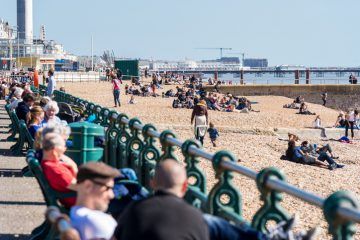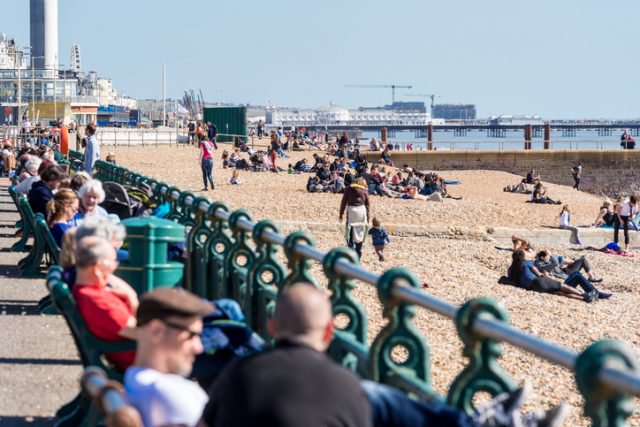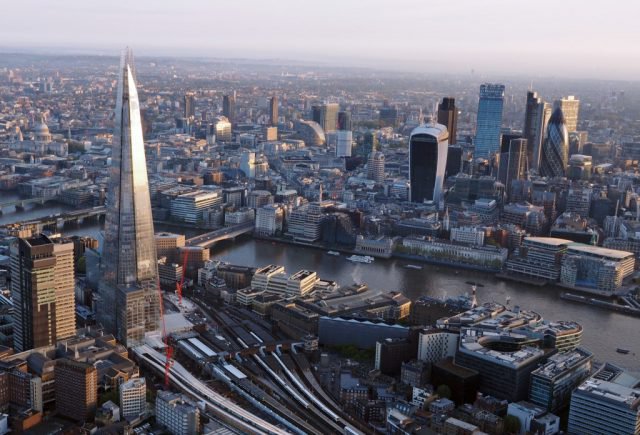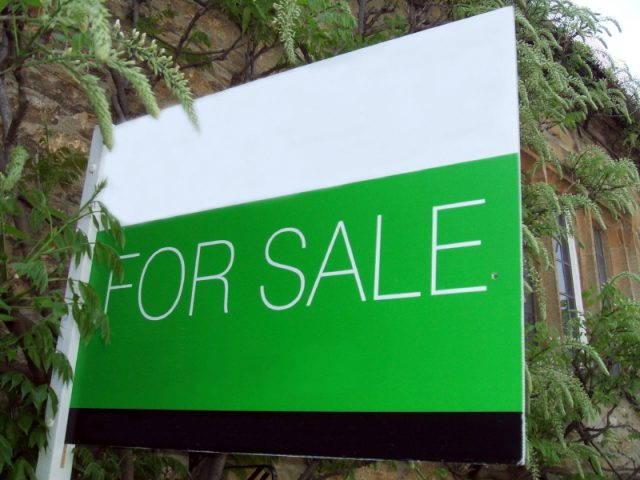London is officially now a city that never sleeps, thanks to the arrival of the Night Tube. In the capital, transport links play a vital role in boosting house prices – so where are London’s new property hotspots?
In the capital, homebuyers and investors will pay a premium for their properties to be close to transport links. And as Crossrail and Crossrail 2 have proved, great infrastructure means great things for capital growth.
So how will the new Night Tube affect London’s property market? The Regional Director of estate agent Portico, Mark Lawrinson, answers some important questions…
Will the Night Tube drive up house prices on the participating lines?
“Yes it will, but mainly in areas further out from central London, so Zone 3, 4 and 5 outwards,” says Lawrinson. “At the moment, it’s too early to predict an overall price increase.”
He continues: “The Night Tube will appeal to young professionals who work and party in central London, but can’t afford to buy in Zone 1 or 2. The new 24-hour service will mean they can push further out to more affordable areas, while still maintaining the lifestyle they want and without spending a fortune on taxis!”
Which stations are the ones to watch?
Lawrinson explains: “When Crossrail plans were announced, there was a huge spike in demand from both tenants and homebuyers wanting to move into the chosen areas while prices were still affordable, and we expect a similar rate of demand for areas on the Night Tube when the service is fully rolled out.
“Dataloft and SellMyHome have recently forecasted that property prices within half a mile of Night Tube stations will increase by 5-10% above the general rate of growth in the nearby area. This is in line with the rate of growth we have seen in areas affected by Crossrail.
“Most Londoners will have considered Zones 4 onwards out of reach, but the Night Tube has opened up new possibilities. We expect areas at the end of the lines to see the biggest property price rises, such as Cockfosters, High Barnet and Walthamstow.”

London’s Night Tube Property Hotspots
Leyton
The Central Line is one of the fastest lines on the Underground, connecting the east to central London in a flash. It is this fantastic transport link, along with new infrastructure investment and regeneration, that has pushed house prices up in east London at a quicker rate than anywhere else in the capital. Now that the Night Tube has arrived, Portico expects demand for property hotspots such as Leyton to be even stronger than it currently is.
A typical one-bedroom flat in Leyton (Zone 3) is around £290,000, and now that the Central Line is operating 24-hours-a-day on weekends, easterly residents will have even more of an incentive to buy in the area.
High Barnet
Traditionally, High Barnet has been seen as a residential, family area, but regeneration and new contemporary homes have attracted a rush of young professional tenants and homebuyers to this part of north London. Portico believes that the Night Tube will further increase the area’s popularity with a younger demographic.
Walthamstow
Thanks to redevelopment of the town centre, a wave of new shops, bars and restaurants, and a handy location on the edge of the Victoria Line, Walthamstow has been transformed from an undesirable and run-down area into a property hotspot for late 20-somethings.
It has seen huge capital growth over the last few years and is already a hotspot for first time buyers and landlords. Sean Hewitt, the Manager of Portico’s Walthamstow branch, expects the Night Tube to only enhance the area’s desirability. He believes that “smaller one or two-bedroom properties will see the biggest increases, as these are the properties likely to be in demand by the demographic using the Night Tube”.
Cockfosters
Over the past year, Cockfosters has experienced strong capital growth, due to its affordability, green spaces, instant access to the M25 and the Piccadilly Line into London, which connects to further great transport hubs. But it’s the Night Tube that will really put Cockfosters on the map, says Portico.
Currently, the area offers more houses than flats, and the greater proportion of new builds in Cockfosters are houses, to accommodate this demand. The area attracts young professionals and families who want affordable homes and good schools, but also want to get to central London at the weekends – which is why the Night Tube will only increase demand in Cockfosters.
Tottenham Hale
At present, Tottenham hale is one of the cheapest areas to buy a property along the Night Tube route, with an average one-bedroom home standing at £300,000. It is already a first time buyer haven, but Portico expects demand to strengthen now that the area has access to a 24-hour Tube service.
What’s more, Crossrail is due to launch in Tottenham Hale in 2017, and it’s a proposed Crossrail 2 location too. With infrastructure improvements comes regeneration, and with regeneration comes house price growth.
Investing along the route
If you’re looking to purchase a buy-to-let property along the Night Tube route, Lawrinson advises: “Look at the demographics of an area and choose a location which is popular with young professionals or young families looking for larger properties within their budget, who also want the option of a central London evening lifestyle. Typically, it’s young professionals and families who want the best of both (i.e. affordable housing or rental prices and a central London lifestyle), so make sure you buy to let in an area that appeals to these demographics.
“The migration of young professionals to outer zones will continue as the areas become more accessible, which will in turn spur regeneration and push up rental and property prices. In other words, investing in the right area could produce excellent rental yields and capital growth.”
Which areas offer the highest rental yields?
Hounslow West: Piccadilly Line, Zone 4 – 5.3%
Hainault: Central Line, Zone 4 – 5.2%
Stratford: Jubilee Line, Zone 2/3 – 5%
Tottenham Hale: Victoria Line, Zone 3 – 4.8%
Stanmore: Jubilee Line, Zone 3 – 4.8%
Walthamstow: Central and Victoria Lines, Zone 3 – 4.7%
Cockfosters: Piccadilly Line, Zone 5 – 4.4%
Brixton: Victoria Line, Zone 2 – 4%
Morden: Northern Line, Zone 4 – 4.4%
Edgware: Northern Line, Zone 5 – 4.1%
High Barnet: Northern Line, Zone 5 – 3.8%
Ealing Broadway: Central Line, Zone 3 – 3.7%






